In the vast and vibrant world of butterflies, there exists a remarkable group that has evolved to look precisely like dead, dried leaves. These butterflies, often from the Kallima genus (commonly known as oakleaf butterflies) and several other species, have developed one of nature’s most extraordinary camouflage techniques. With wings closed, they appear as nothing more than fallen foliage—complete with veins, spots resembling fungal growth, and even seeming decay. This adaptation isn’t merely a curiosity but rather a sophisticated survival strategy that has evolved over millions of years. As we explore this fascinating phenomenon, we’ll discover how these butterflies achieve such perfect mimicry and why this peculiar disguise has proven so valuable in the eternal dance of survival.
The Evolutionary Marvel of Leaf Mimicry

Leaf mimicry represents one of evolution’s most precise examples of adaptive camouflage, having developed through the relentless pressure of natural selection. This sophisticated form of camouflage, known scientifically as phyllic mimicry, didn’t emerge overnight but rather refined itself gradually over countless generations of butterflies. Those individuals with mutations that made them look slightly more leaf-like gained survival advantages, escaping predators more often and passing these beneficial traits to offspring. The resulting mimicry we see today is so accurate that even the slightest details—like asymmetrical wings that mimic leaf imperfections or damaged edges—have been incorporated into their design. Even more remarkable is that this trait has evolved independently in multiple butterfly lineages across different continents, demonstrating convergent evolution at its most artistic.
Masters of Disguise: The Kallima Butterfly

Within the world of leaf-mimicking butterflies, the Kallima genus stands out as perhaps the most accomplished master of disguise. Native to tropical forests of Asia, these oakleaf butterflies display vibrant, often blue-hued upper wings during flight, but transform completely when at rest. With wings folded together, they present what appears to be a perfect dead leaf, complete with a midrib extending from the head to the tail of the wings. Their undersides feature intricate patterns of brown, gray, and sometimes purple hues that precisely match the coloration of decaying vegetation in their habitat. Even the butterfly’s head and antennae contribute to the illusion, as they tuck away neatly when the butterfly is at rest. Perhaps most impressive is how the Kallima’s wing shape includes what appears to be a leaf stem—actually an extension of the hindwing—that completes the perfect leaf impression.
The Anatomical Features That Create Perfect Mimicry
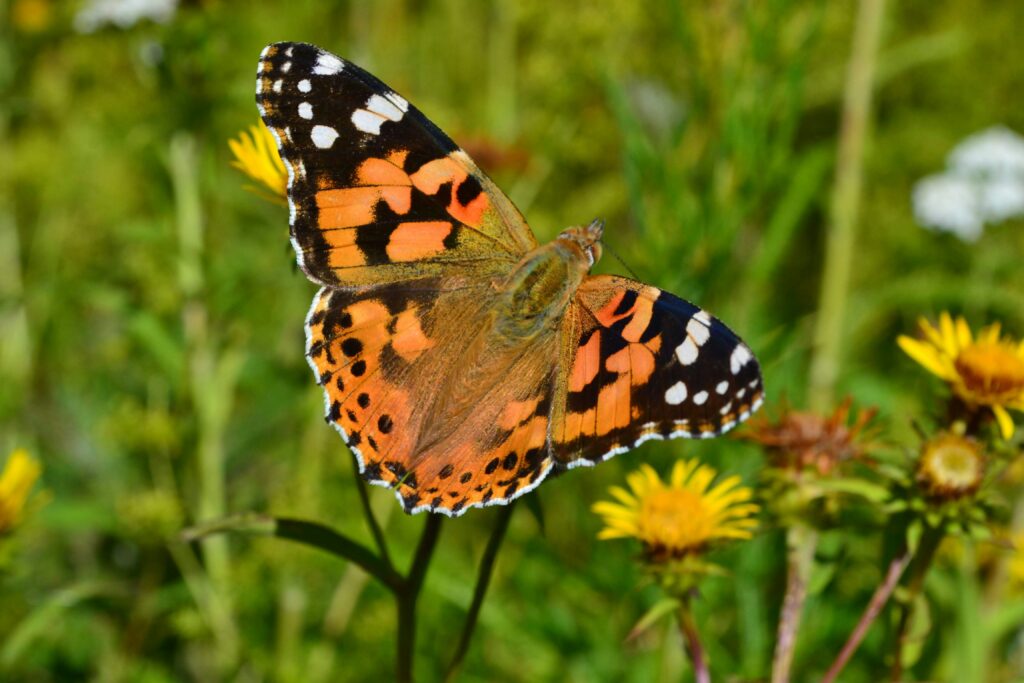
The convincing leaf disguise comes from a complex arrangement of physical features working in harmony. The undersides of the wings display precise patterns of veination that mirror the network of veins found in actual leaves, complete with a prominent central “midrib” and smaller “lateral veins” radiating outward. Color gradations across the wing surface create the impression of a leaf’s natural variations, while strategically placed dark spots mimic the fungal spots and decay that appear on dead leaves. The wings themselves are shaped with irregular edges that resemble the natural deterioration of leaf margins rather than the symmetrical patterns typical of butterfly wings. Some species even develop tiny transparent “windows” in their wings that create the illusion of small holes made by leaf-boring insects, adding another layer of authenticity to their disguise.
Beyond Kallima: Other Leaf-Mimicking Butterflies

While the Kallima genus may be the most famous leaf mimic, this evolutionary strategy appears in several butterfly families across multiple continents. The Indian leafwing (Doleschallia bisaltide) employs similar tactics but with its own distinctive leaf pattern, often resembling fresh fallen leaves rather than deeply decomposed ones. In the Americas, the genus Anaea, particularly the Memphis species, has evolved comparable mimicry, with some species resembling specific local leaf types found in their native habitats. The orange oakleaf (Kallima inachus) of Southeast Asia presents one of the most vibrant transformations, displaying brilliant orange-blue upperwings during flight before disappearing into forest litter when at rest. Even certain moth species, like those in the Uraniidae family, have developed similar adaptations, demonstrating how valuable this camouflage technique is across Lepidoptera.
The Predators That Drove This Evolution

The extraordinary development of leaf mimicry is a direct response to relentless predation pressure, primarily from birds, lizards, and primates with keen vision and insect-hunting skills. Birds in particular represent a major threat, as many species specifically target butterflies and have developed excellent pattern recognition abilities. Monkeys and other forest-dwelling mammals can systematically search vegetation for insect prey, making detection potentially fatal for butterflies. Even smaller predators like jumping spiders, with their remarkable vision, have likely contributed to the selection pressure favoring ever-more-perfect leaf disguises. The fact that these predators continually improve their detection abilities creates an evolutionary arms race, pushing the mimicry to become increasingly sophisticated over time—a perfect example of coevolution where predator and prey capabilities advance in response to each other.
Behavioral Adaptations That Enhance the Disguise
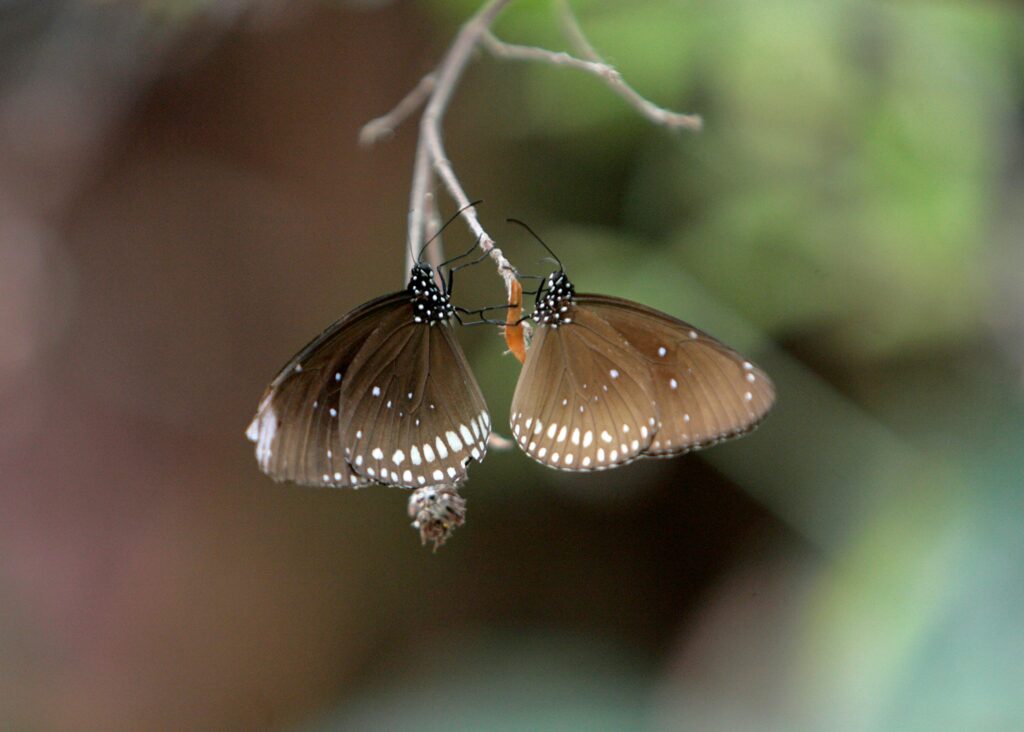
The physical resemblance to leaves is only part of the deception; leaf-mimicking butterflies have also evolved specialized behaviors that enhance their camouflage. When threatened, these butterflies don’t simply close their wings—they position themselves at angles typical of fallen leaves, often aligning with actual leaf litter or attaching to twigs in leaf-like orientations. Some species engage in a behavior called “flashing,” where they briefly display their colorful upper wings during flight before suddenly settling and disappearing into invisibility as they snap their wings shut. If disturbed while resting, rather than immediately flying away (which would reveal their true nature), many leaf butterflies will remain motionless, banking on their disguise even in the face of danger. Perhaps most remarkably, some species even exhibit small rocking movements when perched that mimic a leaf being gently moved by the breeze.
The Perfect Environment for Leaf Mimics

Leaf-mimicking butterflies thrive primarily in tropical and subtropical forest environments where the forest floor remains covered with a constant layer of leaf litter throughout the year. These habitats provide the ideal backdrop against which their camouflage functions most effectively, allowing them to blend seamlessly into the natural debris. The humid conditions of these forests also support a high diversity of predators, creating the strong selection pressure necessary for such specialized adaptations to evolve. Seasonal forests in parts of Asia where monsoon seasons create periods of extensive leaf fall particularly favor these adaptations, as do the multi-layered rainforests of Southeast Asia where Kallima species reach their highest diversity. The seasonal changes in these environments also influence the exact coloration of the mimics, with some species displaying seasonal color variations (known as polyphenism) that correspond to the changing appearance of leaves throughout the year.
The Trade-offs of Leaf Mimicry

Despite its effectiveness, the leaf disguise comes with significant biological costs and trade-offs for the butterflies. The complex wing patterns and structures required for convincing mimicry demand considerable energy investment during development, potentially reducing resources available for other functions like reproduction or immune response. The irregular wing shapes that enhance the leaf appearance may slightly reduce flight efficiency compared to butterflies with more aerodynamic wing designs. Furthermore, the behaviors associated with maintaining the disguise—like remaining motionless even when a predator is near—can limit feeding opportunities and mate-finding activities. Perhaps most significantly, the butterfly faces a fundamental paradox: while needing perfect camouflage for survival, males must also be visible enough to potential mates, creating opposing selection pressures that the species must balance.
The Scientific History of Discovering Leaf Butterflies
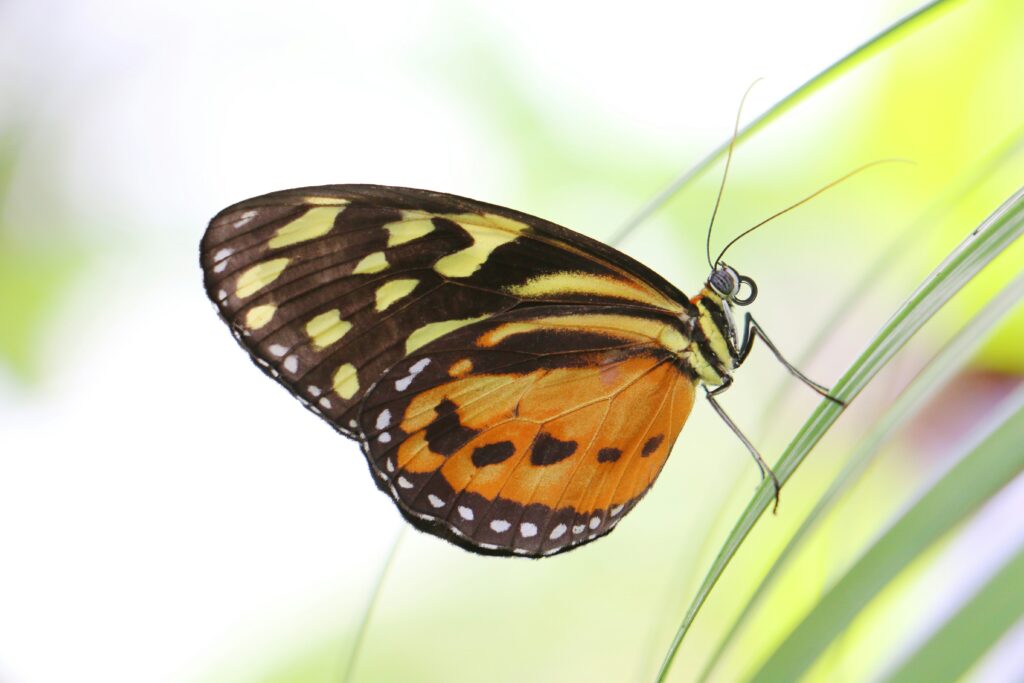
The remarkable nature of leaf-mimicking butterflies has captivated scientific attention since their formal documentation in the 19th century. Charles Darwin himself discussed these species in his writings on natural selection, using them as compelling evidence for his evolutionary theory. Alfred Russel Wallace, during his expeditions through Southeast Asia, provided some of the first detailed observations of Kallima paralekta, expressing astonishment at the precision of the mimicry. His 1889 book “Darwinism” featured a famous illustration comparing the butterfly with a leaf that helped popularize this example of natural selection. Victorian naturalists became particularly fascinated with these species, and specimens became highly valued in collections throughout Europe. The perfect mimicry posed a challenge to those who doubted evolutionary processes, as the gradual development of such precise resemblance through natural selection offered compelling evidence against special creation theories.
Seasonal Forms and Variable Appearances
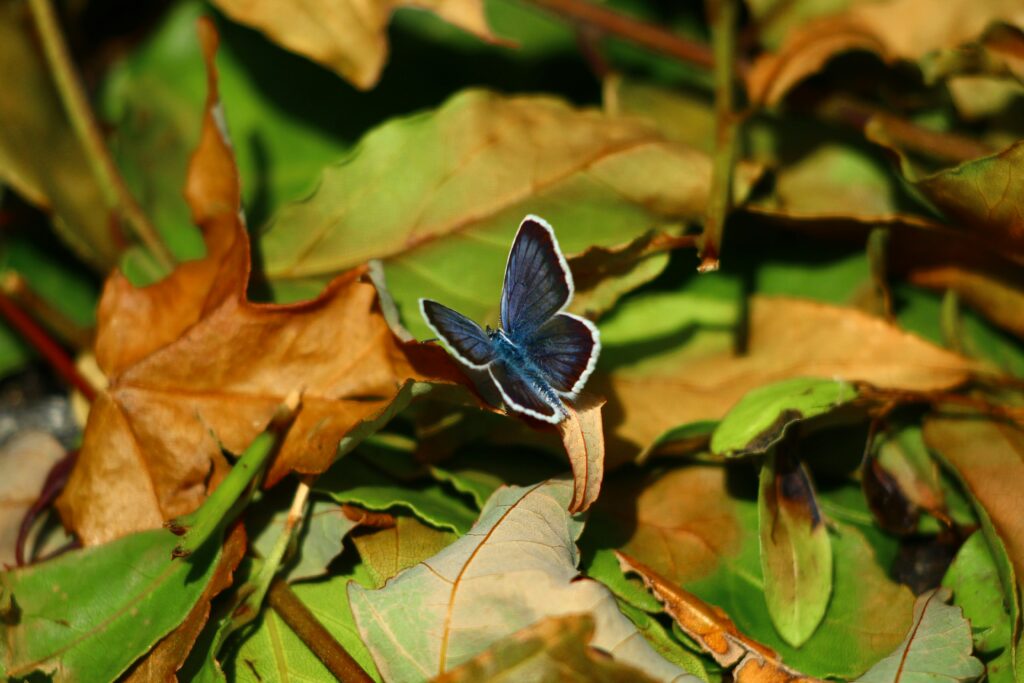
Many leaf-mimicking butterfly species display remarkable seasonal variation in their appearance, a phenomenon known as seasonal polyphenism. During wet seasons, when vegetation is lush and green, some species produce forms with fresher, brighter leaf patterns on their wing undersides. As the dry season approaches and leaves in the environment begin to brown and decay, new generations emerge with darker, more mottled patterns that match the changing leaf litter. This seasonal adaptation is controlled by complex hormone interactions triggered by environmental cues like changing day length or temperature. The orange oakleaf (Kallima inachus), for example, produces distinctly different wet and dry season forms, with the dry season individuals showing more pronounced leaf-vein patterns and mottled coloration. Such adaptability further demonstrates the evolutionary refinement of these mimics and their sophisticated response to environmental conditions.
Conservation Challenges for Leaf-Mimicking Species

Despite their remarkable adaptations, many leaf-mimicking butterfly species face significant conservation challenges in the modern world. Habitat destruction, particularly the clearing of tropical forests where these species evolved, represents the most severe threat to their continued existence. The specialized nature of their adaptations means they cannot simply relocate to different environments when their forest homes are destroyed. Climate change poses additional threats, as it may disrupt the synchronization between butterfly life cycles and the seasonal leaf patterns they mimic. Some species have become increasingly rare in recent decades, with certain Kallima populations in Southeast Asia experiencing significant declines as their forest habitats are converted to agriculture. Ironically, the very camouflage that protects them from natural predators makes them difficult for researchers to locate and monitor, complicating conservation efforts aimed at protecting these evolutionary marvels.
The Continuing Evolution of Leaf Mimicry
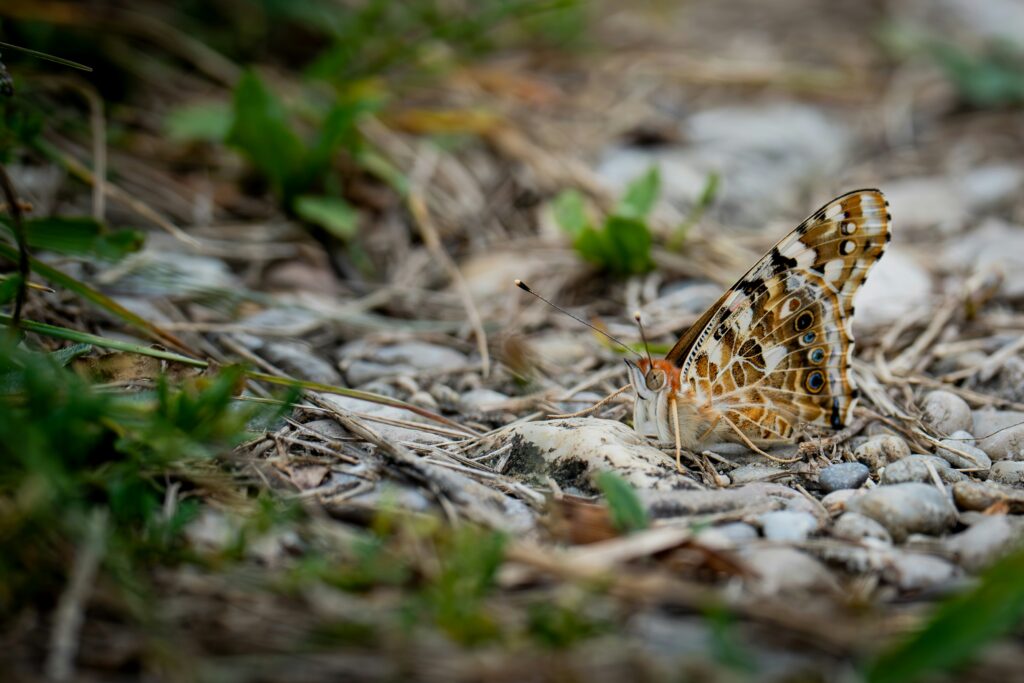
The evolutionary story of leaf-mimicking butterflies continues to unfold in real time, as natural selection continually refines this adaptation. Recent research suggests that in areas with particularly intelligent predators like certain bird species, the mimicry has become even more precise over observable timeframes. Some populations show evidence of local adaptation, with subtle variations in their disguise matching the specific leaf types common in their immediate habitat. The ongoing nature of this evolution means that different populations of the same species may show variation in how perfectly they achieve the leaf disguise, based on local predation pressure. Scientists using sophisticated imaging techniques have recently discovered ultraviolet patterns invisible to human eyes but potentially visible to predators, suggesting the mimicry works across light spectrums beyond human perception. This continuing evolution makes these butterflies not just biological curiosities but living laboratories for studying evolutionary processes in action.
Conclusion: Nature’s Perfect Illusion

The leaf-mimicking butterflies represent one of nature’s most spectacular achievements in the art of deception. Through millions of years of evolutionary refinement, these insects have developed disguises so perfect they continue to astonish even the most experienced naturalists. Their success story demonstrates the power of natural selection to craft solutions of extraordinary precision when survival depends on remaining undetected. Beyond their scientific significance, these butterflies remind us of the countless wonders still hidden in the natural world—sometimes in plain sight, yet invisible to those who don’t know what they’re looking at. As we continue to explore and understand these remarkable adaptations, leaf butterflies stand as a testament to the creative force of evolution and the endless adaptability of life on Earth. In the delicate wings of these butterflies, shaped by time and necessity into perfect leaf forgeries, we find one of nature’s most eloquent examples of survival through transformation.

